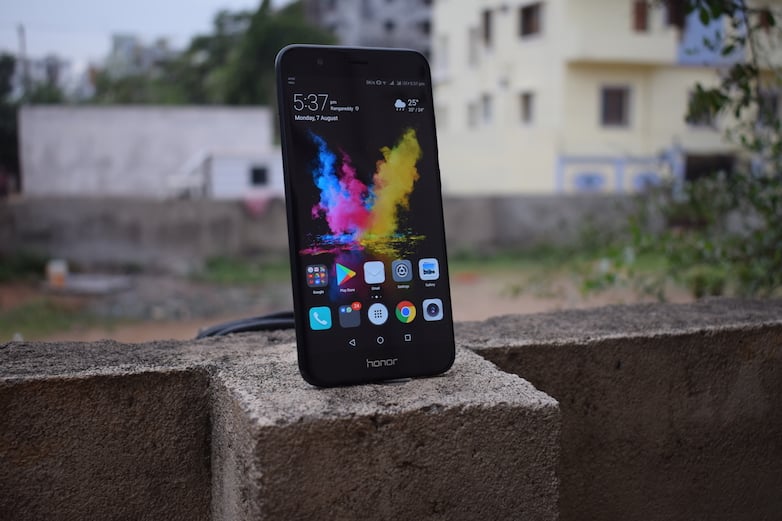It has been one year since Reliance Jio Infocomm Ltd. (Reliance Jio) launched its operations in India, and during this period the Indian telecom industry has witnessed a phase of severe turbulence. The period was characterised by heightened competitive intensity, pricing pressures, and a decline in revenues and profitability, all at a time when the industry was already saddled with elevated debt levels. Going forward, ICRA expects that the stabilisation of the industry is possible, but still some quarters away.

According to Mr Harsh Jagnani, Sector Head & Vice President – Corporate Ratings, ICRA: “Challenges aside, the last one year has seen many transformations in the industry, namely – initiation of consolidation, higher data usage, revamp of pricing plans, and a greater focus on quality, technology, and content. However, the realisation of any upside from these changes is some time away with a difficult transition period. The pricing pressure currently faced by the industry is expected to translate into a decline in profitability for FY2018 as well after the weak H2FY2017, presenting a high credit risk, with pockets of stress debt which may require inorganic funding. At the same time, the telcos would have to consistently invest in networks to keep pace with the strong data growth - the CapEx intensity for the industry is expected to remain upwards of Rs. 50,000 crore per annum.”
In the ten months since its launch, the market share of the three large incumbents along with Reliance Jio has been steadily improving. Currently, the top four telecom operators of India- Bharti Airtel, Vodafone India, Idea Cellular, and Reliance Jio holds active subscriber market share (SMS) of 74.4% (up from 67.8% in June 2016) and revenue market share (RMS) of 76.9% (up from 73.3% in June 2016).
"This gradual strengthening of the market position of the larger players points towards likely marginalisation/exit of some players over the next 1-2 years. This can be a major driver for the restoration of pricing power to the industry. At the same time, the stickiness of data usage is expected to continue to increase," said ICRA in a report.
Over the last few months, the data usage in the country has increased from less than 200MB per month per subscriber to more than 1000MB per month, with potential for further growth, on the back of increasing content.
Another emerging trend for the industry is the move towards simplified and bundled tariff plans. Given the unlimited voice and sizeable data quantum now being offered by the operators for around Rs. 150 per month, the per month revenue from most of the subscribers in the industry is likely to migrate to Rs. 100-200, as compared to a much wider range earlier.
Mr Jagnani concludes: “Higher pricing power and sticky data usage would be the inflexion point of recovery for the industry. Sufficient pricing power is critical for the industry given the sizeable investment requirements and high operating leverage. The industry can achieve these objectives over the next 12-18 months. On the regulatory front, measures finalised by the Inter-Ministerial Group (IMG) to provide relief to the sector would be keenly watched. As per ICRA estimates, elongation of the payment period of deferred spectrum liabilities from existing 10 years to 16 years can translate into cash-flow savings for the industry to the tune of Rs. 7,000 crore per year, for next six years.”















